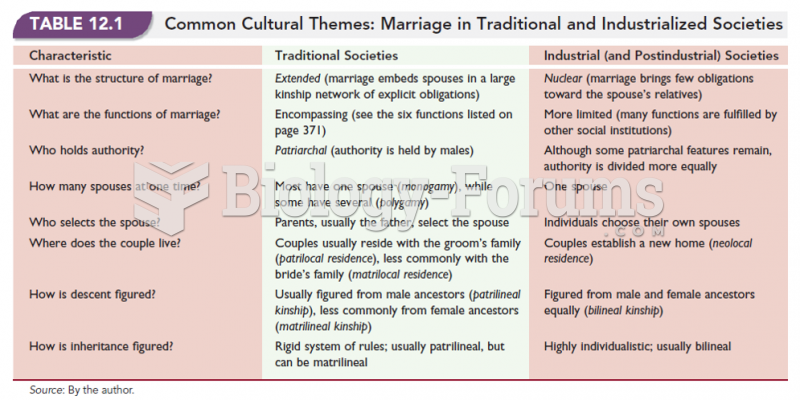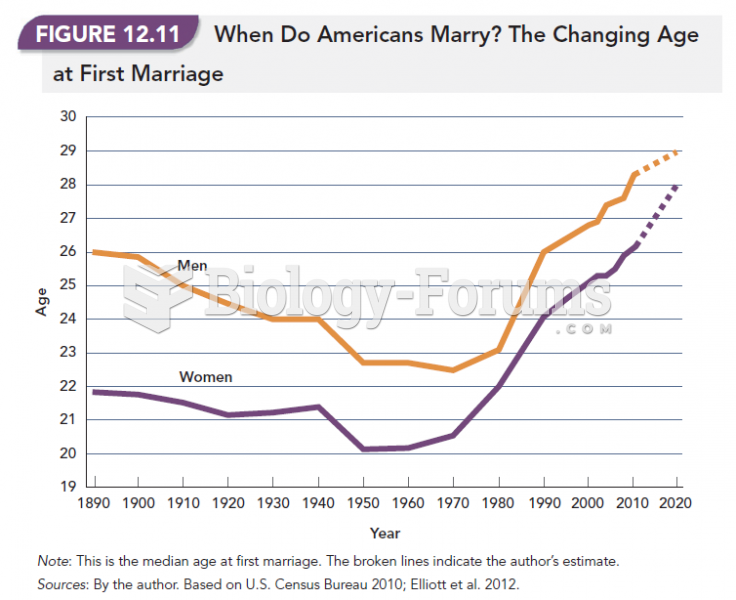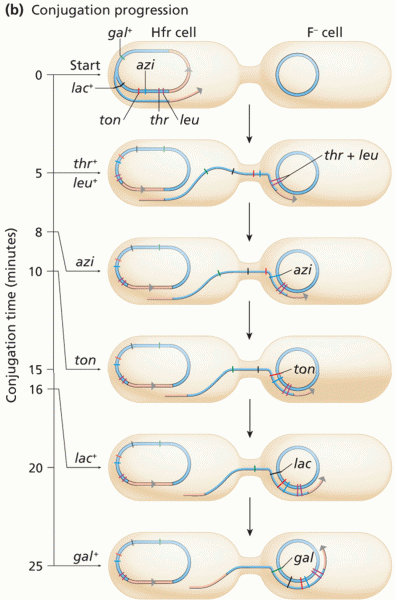Answer to Question 1
TRUE
Answer to Question 2
The student should identify and describe the four tests and then express an opinion about which parties will prevail under each test. The question sets no rule with respect to how many parents a child can have. The courts customarily apply one of the following four tests to determine parentage, each of which may produce an outcome significantly different from the end results produced by the others:
a) An intent test: Under this test, the individual or individuals who want to become parents and put the birth process in motion will be considered the legal parents of the resulting child. ut for the acted on intentions of the parties, the child would not exist. The California Supreme Court was the first to adopt the intent test in Johnson v. Calvert, a case that involved a contest between an intended and a gestational mother. The court held that she who intended to bring about the birth of a child that she intended to raise as her own is the natural mother. (Marion and Jimmy)
b) A genetic test: Courts that apply a genetic test in parentage determinations give priority to genetic heritage based on the premise that genes contribute to the greatest extent in shaping the child's nature and future life. A genetic parent will be deemed a legal parent under this test. In cases in which the surrogate mother is also the genetic mother, courts are especially reluctant to terminate her parental rights. In some states, absent an enforceable agreement to the contrary, the individuals who contribute the genetic material are considered the child's legal parents. (Jimmy and Joanne)
c) A gestational test: This test places greatest emphasis on the significance of the fact that the birth mother is responsible for the health and safety of the fetus for the nine months of pregnancy. Her lifestyle, habits and physical and psychological condition potentially have a permanent effect on the child. This test is consistent with the traditional common law approach to the establishment of maternity. (Joanne and Hal)
d) A best interest of the child test: This is the standard traditionally applied in the family law context with respect to matters pertaining to the custody of children. It serves to insure that in resolving disputes affecting minor children, protection of the child will be the primary considera-tion. The court looks to who is best able to fulfill the social and legal responsibilities of parent-hood, including not only financial support but also physical and psychological nurturing of the child, intellectual and moral guidance, and stability and continuity of care. (A matter of opinion)







